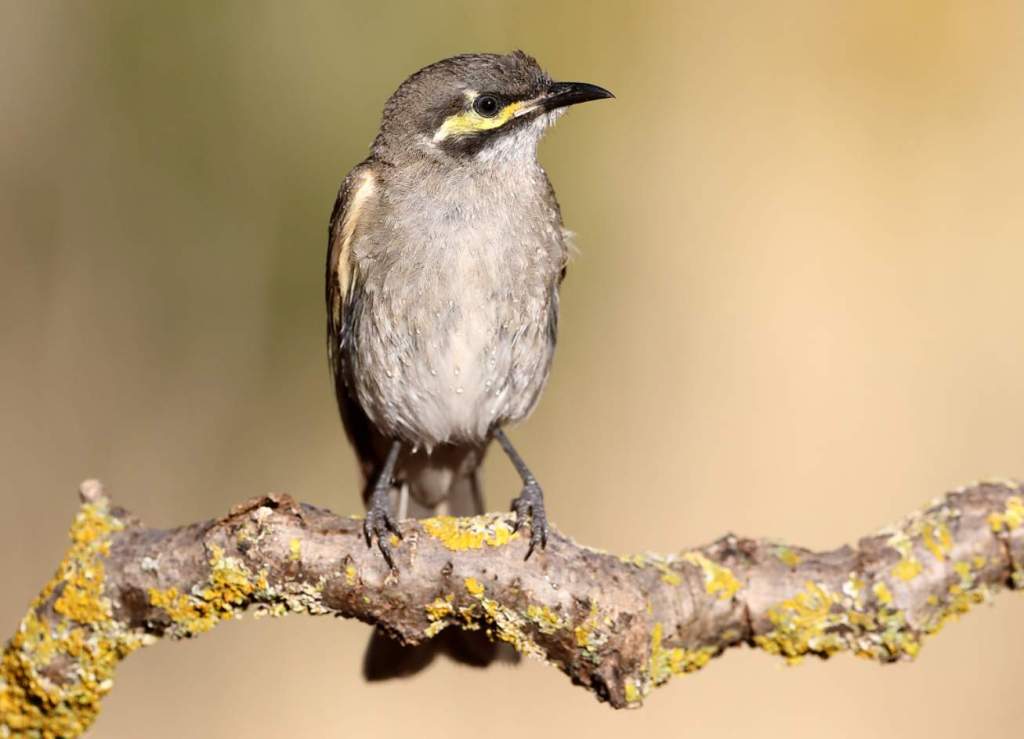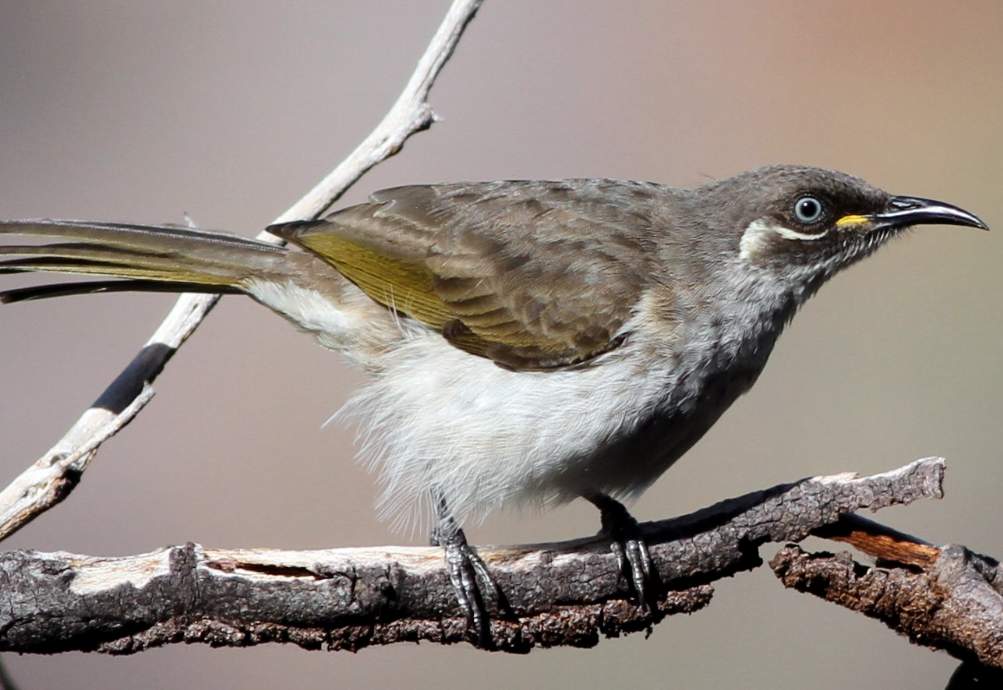Little wattlebirds (Anthochaera chrysoptera) belong to the Meliphagidae family of honeyeaters. Little Wattlebirds have replaced Brush Wattlebirds in southwestern Australia; they have long been treated as one species. It is the smallest of the wattlebirds, but it is a medium-to-large honeyeater. Like the yellow wattlebird and red wattlebird, it has a similar appearance.
A western little is as sedentary as the brush and inhabits coastal heaths, shrubby forests, and even urban gardens in smaller but farther apart colonies. The majority of its energy seems to come from nectar. As a source of protein, insects are gleaned from foliage, and young are fed on them exclusively. In contrast to other members of the genus, the little wattlebird lacks wattles. There are fewer streaks and browner eyes in juveniles.

There are many small differences between the Little Wattlebird and the Brush that add up to a number of major differences in color patterns and biology. Their clutch consists of one egg, and their songs are longer and more protracted. Males chime in with bill-snapping and clattering choks that eventually turn into long, friarbird-like cacklings and chucklings. Females are the sopranos that create duets with males, often sparking duos with up-and-down twittering.
They have plain brownish heads that contrast with bright whitish cheek sashes and chestnut eyes, as well as fine white wing tips and more slender bills. The color of one’s eyes is the most obvious clue to species status, since honeyeaters of similar looks that differ in eye colors, such as New Hollands and White-cheeked Honeyeaters and Ptiloproras living in New Guinea, behave as different species whenever they meet.
Using a long, brush-tipped tongue, little wattlebirds probe deep into flowers for nectar. Besides insects and berries, they also feed on seeds and berries. Insects are mostly caught in midair, but some are caught perched. Individual birds or groups of birds may feed together. It is also known as the Western Wattlebird, Lunulated Wattlebird, and Mock Wattlebird. Little wattlebirds measure 270–300 mm in length with tapered tails.
The male is distinctly larger than the female, but both sexes are similar. On its back and all underparts, it has narrow white shaft streaks with a droplet-like shape, but its crown and mantle are plain. A bright gray-white sash drapes across the side of the face, with large white tufts on either side of the breast. The tip of the flight feathers is finely white, with a rufous area at the base of the primaries. broad, white-tipped tail. There is a chestnut eye, along with a black bill and dusky feet.
When feeding or fledging, the Little Wattlebird makes a high twittering call or croak croak croak. The male makes a croak-croak call, and the female makes a high twittering call as a territorial signal.
Its song is characterized by high tweeting from females and clattering choks and bubblings from males, which develop into prolonged ringing cackles and chuckles. A song is often sung in a duet with a female lead.
Nesting and breeding take place mainly from July to November through spring. Nests are small, rough saucers constructed from interwoven stems and twigs. They are lined with fine grasses and down and supported in the outer branchlets of a tree or shrub, one to five meters above the ground.
Eggs are usually long ovals, about 29 x 21 mm, and are sparingly spotted with chestnut red. Both parents care for the young chicks, but the female incubates the eggs alone.
It is naturally found in heaths, shrubby woodlands, tea-tree scrubs, and forests with flowering protease in the southwest of Britain; it is also found in lantana thickets, wild tobacco, parks, and gardens.
Related Reading: White-fronted Honeyeater (Phylidonyris albifrons)







